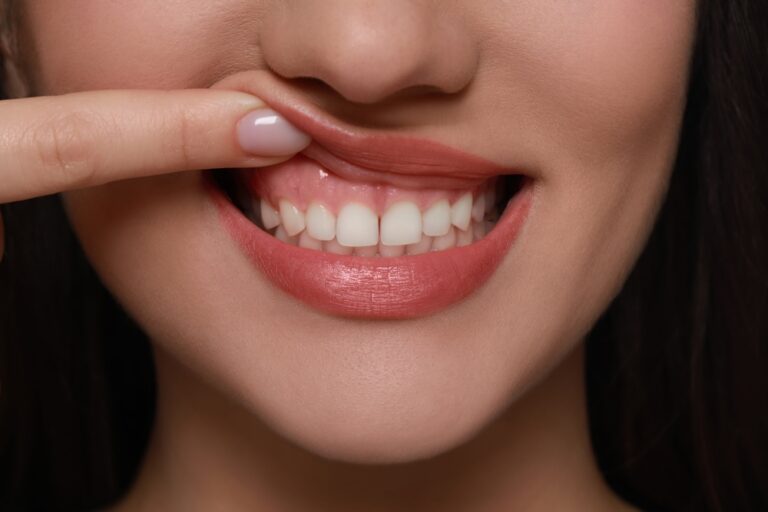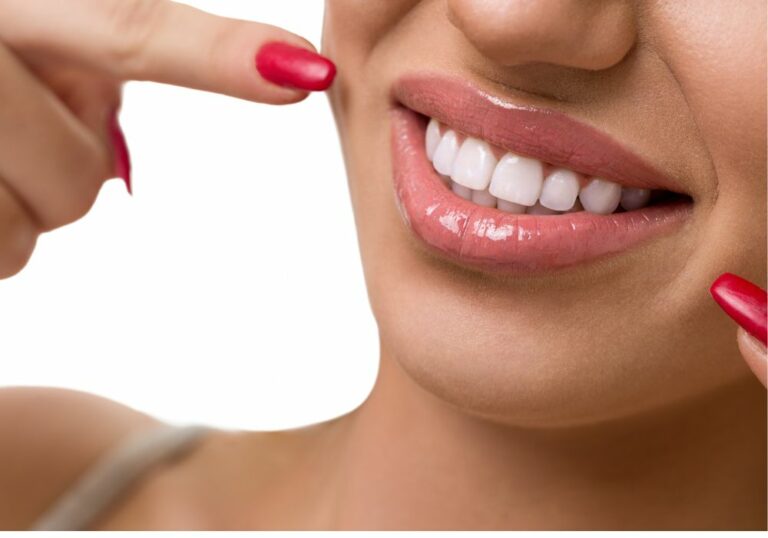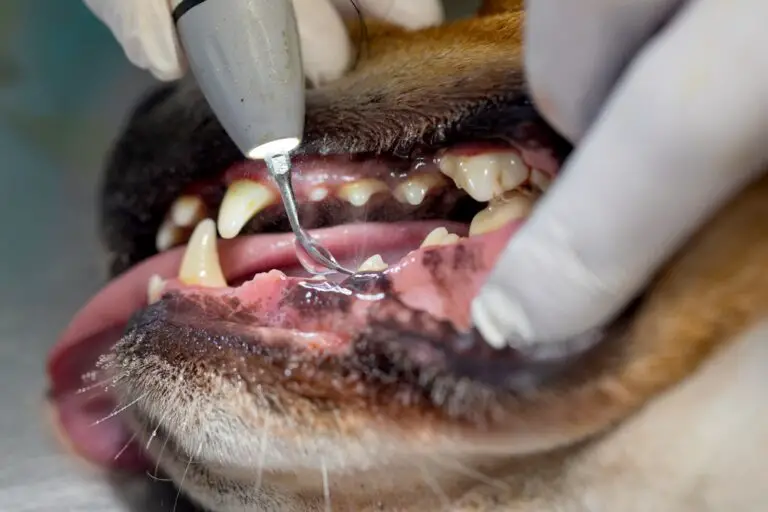If you’ve recently had a tooth extraction, you may be wondering when it’s safe to use a straw again. While it may seem like a small thing, using a straw can actually have a big impact on your healing process. In this article, we’ll explore how long you need to wait before using a straw after a tooth extraction.
Most dentists recommend waiting at least 24 hours before using a straw after a tooth extraction. However, some may recommend waiting even longer, up to a few days. This is because using a straw can create suction in your mouth, which can dislodge the blood clot that forms in the socket where your tooth was removed. If this happens, it can delay your healing process and even lead to a painful condition called dry socket.
To avoid these complications, it’s important to follow your dentist’s instructions closely and avoid using a straw until you’ve been given the all-clear. In the next section, we’ll take a closer look at why using a straw can be so problematic after a tooth extraction, and what you can do to promote faster and more effective healing.
Understanding Tooth Extraction
Tooth extraction is a dental procedure that involves removing a tooth from its socket in the jawbone. Dentists usually recommend tooth extraction when a tooth is damaged beyond repair, infected, or crowded.
Tooth extraction is a common procedure, and it is usually done under local anesthesia. The procedure is generally painless, but you may experience some discomfort and swelling after the procedure.
After the tooth extraction, your dentist will provide you with some aftercare instructions to help you heal and prevent complications. One of the most important instructions is to avoid using a straw for a certain period.
Using a straw after tooth extraction can cause a condition called dry socket, which is a painful complication that occurs when the blood clot that forms in the socket after the extraction gets dislodged or dissolves before the wound has healed.
To prevent dry socket, dentists usually recommend avoiding using a straw for at least 24 hours after the tooth extraction. However, some dentists may recommend waiting longer, depending on the complexity of the extraction and your overall oral health.
In addition to avoiding straws, you should also avoid smoking, spitting, and rinsing your mouth vigorously for the first few days after the extraction. You should also eat soft foods and avoid hot and spicy foods until the wound has healed.
It is essential to follow your dentist’s aftercare instructions carefully to ensure a smooth and speedy recovery after tooth extraction. If you experience any unusual symptoms, such as severe pain, bleeding, or swelling, contact your dentist immediately.
Why Avoid Straws After Tooth Extraction?
Using straws after tooth extraction can pose several risks to your healing process. Here are two reasons why you should avoid straws after tooth extraction:
Dry Socket Risk
When you use a straw after tooth extraction, you create suction, and this suction can dislodge the blood clot that forms in the socket. This blood clot is essential for the healing process as it protects the bone and nerves beneath it. Dislodging the blood clot can lead to a painful condition called dry socket, where the bone and nerves become exposed, leading to infection and pain.
Healing Process Interruption
The healing process after tooth extraction is a delicate one. The blood clot that forms in the socket is the first step in the process, and it needs to remain undisturbed for the first few days. Using a straw can dislodge the blood clot, leading to complications such as dry socket, infection, and delayed healing.
Furthermore, using a straw can also cause other complications such as bleeding, swelling, and pain. The suction created by the straw can pull on the stitches, leading to bleeding and swelling. It can also cause pain and discomfort, which can slow down the healing process.
In conclusion, avoiding straws after tooth extraction is crucial for a smooth and successful healing process. It is recommended to avoid using straws for at least 48 hours after the procedure. After that, you can slowly introduce soft foods and drinks into your diet, but it is still best to avoid using straws for the first week to ensure that the healing process is not interrupted.
Recommended Duration Without Using a Straw
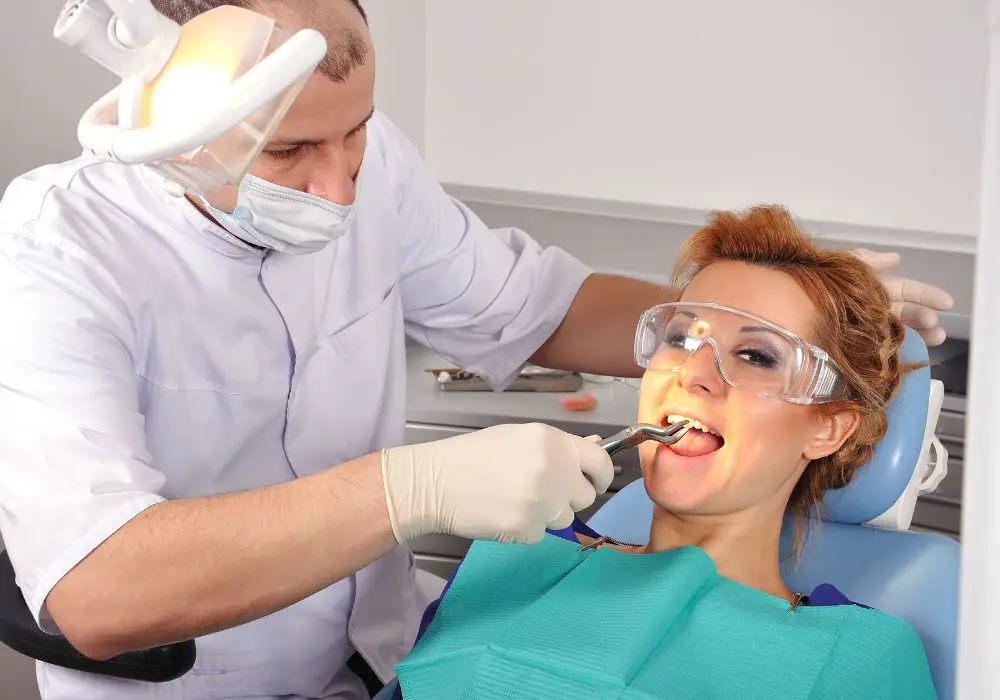
After a tooth extraction, it is essential to follow proper aftercare instructions to ensure proper healing and prevent complications. One of the most important instructions is to avoid using a straw for a certain duration. Using a straw can create suction, which can dislodge the blood clot that has formed in the socket of the extracted tooth. This blood clot is crucial for healing, and if it is dislodged, it can lead to a painful condition called dry socket.
While the recommended duration without using a straw after tooth extraction can vary depending on the dentist’s instructions and the complexity of the extraction, it is generally advisable to avoid using a straw for at least 24 hours after the procedure. Some dentists recommend waiting even longer, up to a few days, before using a straw again.
It is important to note that using a straw is not the only action that can create suction and potentially dislodge the blood clot. You should also avoid smoking, spitting, and blowing your nose for the same duration.
When you do start using a straw again, it is advisable to use a soft silicone or flexible straw to minimize the risk of dislodging the blood clot. You should also rinse your mouth with warm salt water after drinking to help keep the area clean and promote healing.
In summary, it is crucial to follow your dentist’s instructions regarding the duration of not using a straw after tooth extraction. Avoiding a straw for at least 24 hours after the procedure is generally recommended, but it may be longer depending on the complexity of the extraction. Remember to also avoid other actions that create suction, such as smoking, spitting, and blowing your nose.
Alternatives to Straws After Tooth Extraction
Using a straw after tooth extraction can be dangerous as it can dislodge the blood clot that forms in the socket. This can lead to a painful condition called dry socket. Therefore, it is important to avoid using straws for at least a week after tooth extraction. But if you still want to enjoy your favorite beverages, there are some alternatives to straws that you can use.
Drink Directly from the Cup
The simplest and most effective alternative to using a straw is to drink directly from the cup. This may not be as convenient as using a straw, but it eliminates the risk of dislodging the blood clot. You can use a cup with a lid to prevent spills, or a cup with a straw hole that you can cover with your lips.
Use a Spoon
Another alternative to using a straw is to use a spoon. You can use a spoon to scoop up the liquid and drink it slowly. This method may take some practice, but it can be a good option if you don’t want to drink directly from the cup.
Drink Thick Liquids
If you find it difficult to drink from the cup or spoon, you can try drinking thick liquids like smoothies or milkshakes. These types of beverages are easier to drink without a straw as they have a thicker consistency. You can also use a spoon to scoop up the thick liquid if necessary.
Use a Syringe
A syringe can be a useful tool for drinking after tooth extraction. You can fill the syringe with your favorite beverage and slowly inject it into your mouth. This method allows you to control the flow of liquid and avoid using a straw.
Precautions When Resuming Straw Use
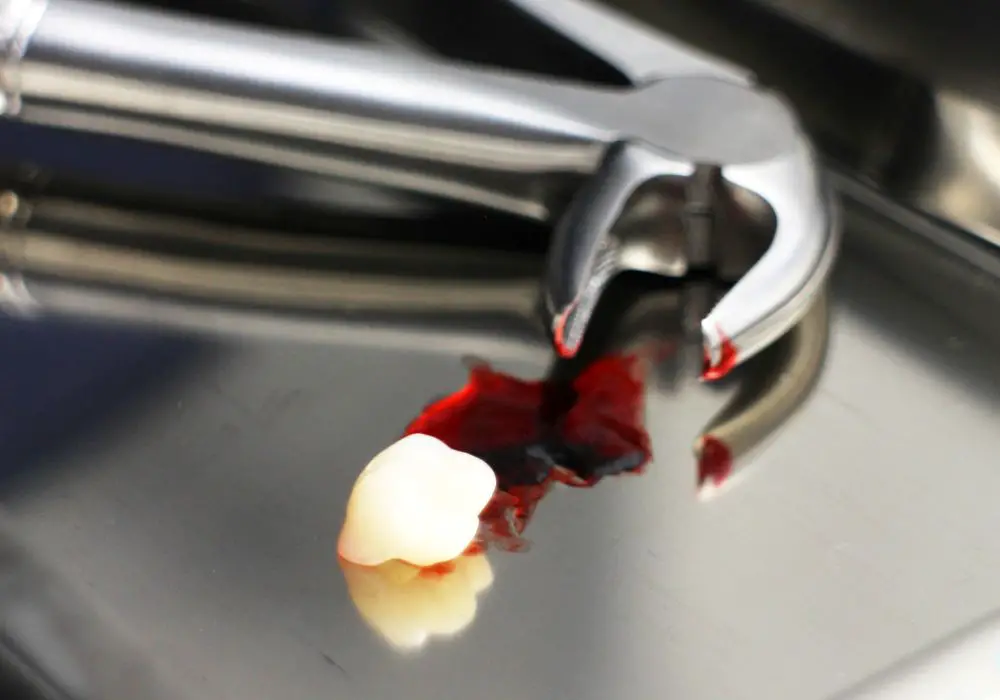
After a tooth extraction, it is important to take precautions when resuming straw use to avoid any complications. Here are some tips to keep in mind:
- Wait at least 24 hours before using a straw again. This will give the blood clot time to form and protect the extraction site.
- When you do start using a straw again, make sure to use a soft, flexible straw. This will reduce the risk of dislodging the blood clot or causing any irritation to the extraction site.
- Avoid using a straw for hot or cold beverages, as extreme temperatures can cause pain and discomfort.
- Take small sips and avoid sucking too hard on the straw. This will help prevent any unnecessary pressure on the extraction site.
- If you experience any pain or discomfort while using a straw, stop immediately and consult your dentist.
By following these precautions, you can safely resume using a straw after a tooth extraction and avoid any complications.
When to Consult a Dentist?
While most people recover from tooth extraction without any problems, there are some cases where complications can arise. In some cases, you may need to consult a dentist to ensure that any issues are dealt with promptly and effectively. Here are some situations where you should consider consulting a dentist:
- Excessive bleeding: It is normal to experience some bleeding after tooth extraction, but if the bleeding is excessive and does not stop after applying pressure, you should consult a dentist immediately.
- Swelling and pain: It is common to experience some swelling and discomfort after tooth extraction, but if the pain and swelling do not subside after a few days, you should consult a dentist.
- Fever: If you develop a fever after tooth extraction, it could be a sign of infection. You should consult a dentist immediately to prevent the infection from spreading.
- Dry socket: Dry socket is a condition that can occur when the blood clot that forms after tooth extraction is dislodged or dissolves, exposing the bone and nerves. If you experience severe pain a few days after tooth extraction, you should consult a dentist to rule out dry socket.
- Difficulty opening your mouth: If you are unable to open your mouth fully after tooth extraction, it could be a sign of a more serious issue. You should consult a dentist immediately to determine the cause of the problem.
If you experience any of the above symptoms, it is important to consult a dentist as soon as possible to prevent any complications from arising.
Frequently Asked Questions

When is it safe to use a straw after tooth extraction?
Most dentists recommend waiting at least 24 hours before using a straw after tooth extraction. However, it is best to wait a few days to avoid any complications.
Can using a straw cause dry socket?
Yes, using a straw can cause dry socket. Dry socket occurs when the blood clot that forms in the extraction site is dislodged, exposing the bone and nerves. Sucking through a straw can create negative pressure in the mouth, which can dislodge the blood clot and lead to dry socket.
How long should I wait to use a straw after wisdom teeth removal?
It is recommended to wait at least 24-48 hours before using a straw after wisdom teeth removal. However, it is best to follow your dentist’s specific instructions, as they may recommend waiting longer depending on your individual case.
What are the risks of using a straw after tooth extraction?
The main risk of using a straw after tooth extraction is dislodging the blood clot that forms in the extraction site. This can lead to dry socket, which is a painful condition that requires additional treatment. Additionally, using a straw can cause bleeding and swelling in the extraction site.
Can I drink from a straw after 10 days of tooth extraction?
After 10 days, it is generally safe to use a straw for drinking. However, it is still important to be cautious and avoid any excessive sucking that could dislodge the blood clot.
Is it safe to use a straw 3 weeks after wisdom teeth removal?
After 3 weeks, it should be safe to use a straw for drinking. However, it is still important to be cautious and avoid any excessive sucking that could cause discomfort or pain. It is always best to follow your dentist’s specific instructions for a safe and speedy recovery.

